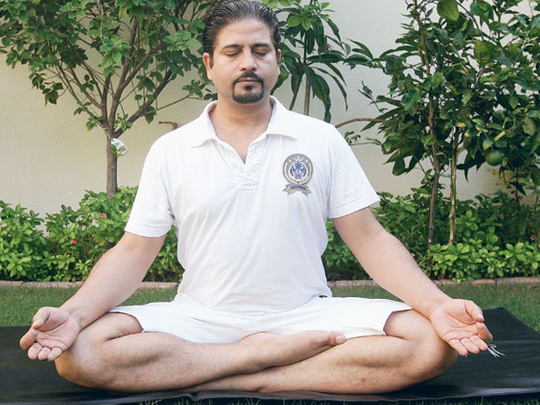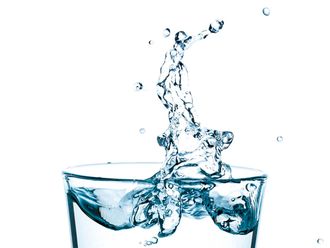
A siddha is a yogi who has attained the goal of yoga, which, according to The Yogasutras of Patanjali, is kaivalya, or the ultimate state of rest, oneness, union. It is a dream for most people. Siddhasana is meant to take you there and is meant for those who have no desires left, because they are too full of happiness. They have enjoyed every possible joy, have experienced a complete life, are satisfied and have no unfulfilled dreams or ambitions. Such people can experiment with life itself, the whole idea of life and death, and not with small experiences, as most do. Such people may have feelings of something beyond, something they cannot express but have a strong urge to explore. Such a person may ask: What is beyond love, life and death?
Such a person is ready to dedicate himself to the ultimate search — the search within.
For a reasonably fit person, siddhasana is not difficult to do but the difficulty lies in sitting in this posture for long periods of time — two to three hours. The body has many aches and pains and the mind is restless. This cannot be fixed just by technique. What one does during the whole day creates these thoughts and feelings. To be able to sit in a meditative posture for hours means the whole day has been meditative in nature. Only then is there no discomfort or restlessness. In fact, the 8,400,000 postures of yoga, along with kriyas, bandhas, pranayama and mudras, are meant to prepare you to be comfortable in either padmasanas or siddhasana one day — padmasana for people who want to enjoy a conjugal life and siddhasana for someone who has no desire left for it.
All four meditative postures (siddhasana, padmasana, vajrasana and sukhasana) arrest the flow of blood to the limbs and direct it to the brain and the spine, the area meditation is concerned with. They also give the body the shape of an ellipse, which is best suited for conserving energy, required in vast amounts in meditation.
Of these, siddhasana is considered the best. However, it is to be practised only on the guru’s instructions. Wrongly practised, it can lead to frustration. I consider it a symbol of the ultimate possibility of life, kaivalya.
Technique
- Sit with both legs stretched out.
- Bend left knee and place sole of left foot against right thigh so heel touches perineum.
- Bend right knee and put right heel against public bone.
- Keep hands as shown.
- Keep spine straight.
Benefits
Siddhasana circulates energy from the lower energy centres of the body through the spine, stimulating the brain and calming the nervous system.
It improves blood circulation in the abdomen, the lower region of the spine and helps the reproductive system.
It helps relieve insomnia and asthma and reduces fat in the abdomen region.
Contra-indications
Those suffering from lower-back pain, sciatica or knee injury should avoid practising the posture or should practise it under supervision.











